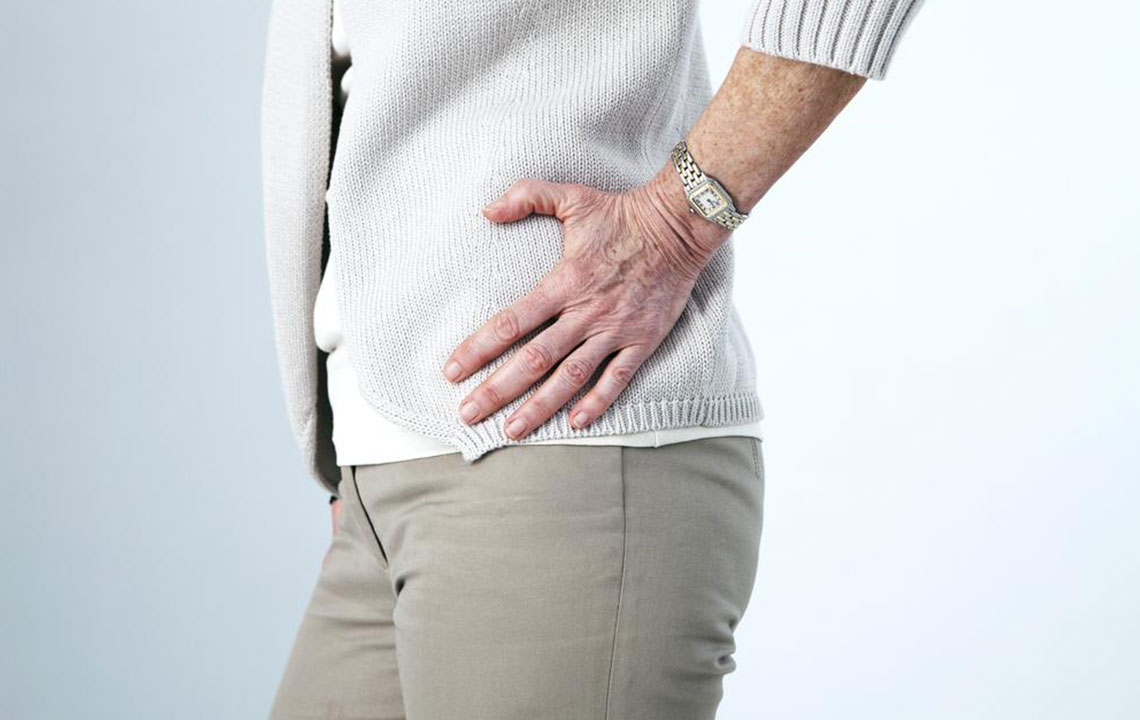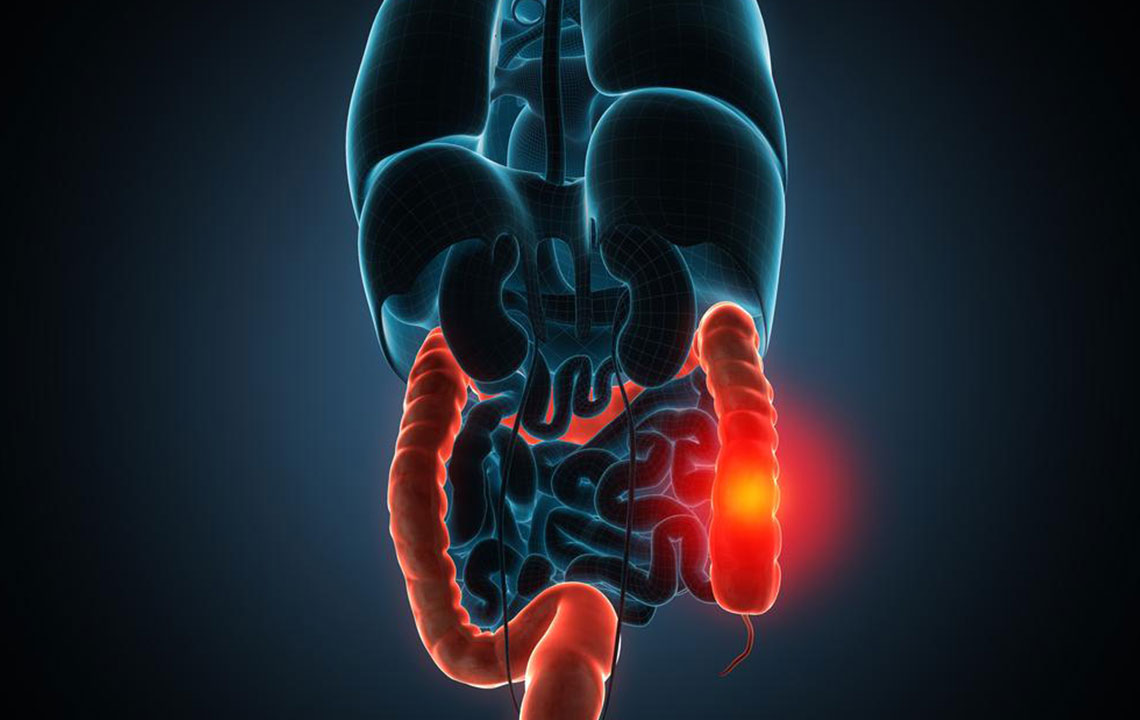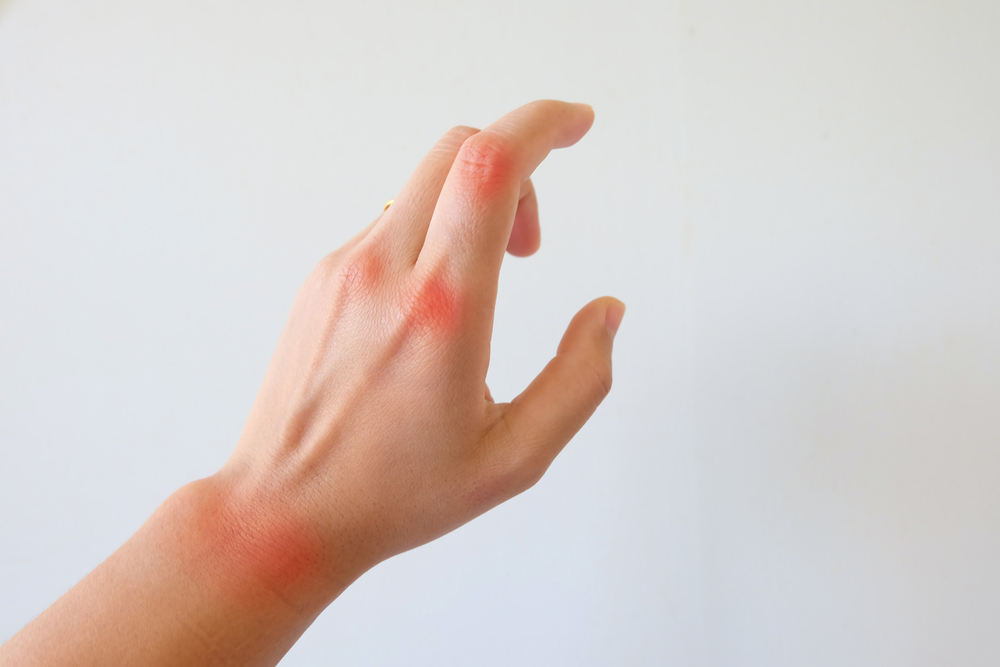Effective Techniques to Accelerate Recovery from Hip Bursitis
Discover comprehensive strategies to accelerate healing from hip bursitis, including exercises, lifestyle changes, and therapeutic techniques. This detailed guide provides effective methods to reduce inflammation, manage pain, and restore mobility, helping patients recover faster and prevent future flare-ups.

Effective Techniques to Accelerate Recovery from Hip Bursitis
Hip bursitis is a common condition characterized by inflammation of the bursae—the small fluid-filled sacs located near the hip joint. The two primary bursae affected are the ischial and trochanteric bursae, which are situated close to the pelvis and thighbone. This inflammation leads to pain, stiffness, and discomfort that can significantly impact daily activities. Unlike osteoarthritis or other degenerative joint diseases, hip bursitis specifically involves inflammation of these bursae without direct degeneration of the joint itself. Recognizing the causes and implementing effective management strategies can greatly enhance recovery and restore mobility.
The primary causes of hip bursitis include repetitive motions or overuse, which strain the bursae over time, physical injuries, and in some cases, bacterial infections leading to septic bursitis. Septic bursitis, though rare, necessitates prompt medical attention with antibiotics or drainage. Other contributing factors might include prolonged pressure on the hips from recent activities or poor biomechanics, such as abnormal walking patterns or muscle imbalances. Understanding these underlying causes helps in tailoring the right treatment plan to speed up healing and prevent future episodes.
The symptoms of hip bursitis can significantly diminish quality of life, making even simple tasks like climbing stairs, bending, or sitting for extended periods uncomfortable. To manage this condition effectively, a combination of gentle exercises, lifestyle modifications, and therapeutic treatments are essential. Regular physical activity focused on strengthening relevant muscles can provide more stability to the hip joint, reducing inflammation. Applying ice packs to the affected area helps decrease swelling, while heat therapy can relax tight muscles. Incorporating stretching routines and aquatic exercises can promote soft tissue healing without putting excessive strain on the hip.
In addition to physical therapies, lifestyle adjustments such as avoiding prolonged pressure on the hips, maintaining a healthy weight, and using ergonomic supports are crucial. For example, proper footwear can reduce stress during movement, and avoiding high-impact activities like running or jumping can prevent worsening inflammation. Mild to moderate pain can be alleviated with over-the-counter medications, but persistent or severe pain requires consultation with healthcare professionals. Proper diagnosis and tailored treatment plans can prevent complications, such as bursae becoming chronic or secondary infections developing.
Therapeutic exercises play a pivotal role in recovery. Targeted routines include pelvic raises, side-lying leg lifts, and gentle stretching of the hip muscles. These exercises strengthen the glutes, thigh muscles, and hip stabilizers, thereby providing better support and reducing strain on inflamed bursae. Aquatic therapy, such as swimming or water aerobics, offers a low-impact environment that minimizes stress while promoting circulation and healing. Rest and gradual return to activities are vital to prevent re-injury. Patients should always listen to their body's signals and avoid pushing through pain, as this can delay healing or exacerbate inflammation.
In cases where conservative treatments do not yield sufficient improvement, healthcare providers might recommend additional interventions such as corticosteroid injections to reduce inflammation or, rarely, surgical procedures to remove damaged bursae. Early diagnosis and continuous management are the keys to quick recovery. Patients experiencing severe discomfort, symptoms that worsen over time, or signs of infection should seek immediate medical care to prevent complications. With proper care, most individuals can achieve significant relief from hip bursitis symptoms and return to their normal routines.





